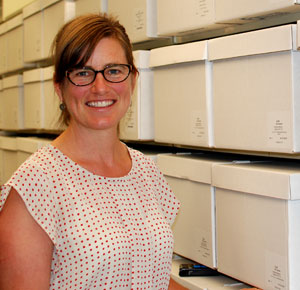MONDAY BEER LINKS, MUSING 03.30.15
Two by two …
Highland Park Brewery brews Yard Beer from backyard ingredients.
On terroir, and the vine’s microbiome.
Foraging for brewing ingredients in southern Illinois or in the middle of North Carolina is relatively easy to imagine. But in Los Angeles? That’s why Bob Kunz at highland Park Brewery offers a lineup of “predictable” and “unpredictable” beers. I think there’s more to the notion of place-based beers than how terroir may affect the flavor of hops, peaches or cucumbers grown in California versus Missouri, but the new study by the American Society for Microbiology (as described by Steve Heimoff) surely has implications for beer. [Via Los Angeles Times and Steve Heimoff]
This New Feminist Beer Is Waging A Battle Against Sexism In Advertising.
Does craft beer have a sexism problem? Binny’s rejects Happy Ending.
The “big picture” story of the week. Still important. Still not going away. [Via Fast Company and Chicago Tribune]
Going Blind with Pliny the Elder.
Pliny The Elder And Blind Pig: Trophy Beers Within Everyone’s Grasp.
Tasting blind — be it beer, wine or smoked meat — tells us something we may not know about what we are tasting and also about ourselves. However, most of the time when I drink beer knowing where it was brewed and who brewed it enhances the experience. That may be true if you are pursuing the rare and exotic or if you are content with the familiar. [Via All About Beer and The Concourse]
How to Beer Blog.
The Secrets of Book Publishing.
Inside baseball, and well done. Your mileage may vary. You don’t really have to be as focused to blog as Boak & Baley suggest — at least I hope not, because I’m not — but it helps. And, thankfully, my experience with book publishing has been less stressful than Jeff Alworth’s.
[Via Boak & Bailey, and Beervana]
How to Make Your First Commercial Batch of Beer in 75 Easy Steps.
“56: Why did it just shut off? Why did it just stop and shut off?”
The second list here could be any of several “best” compilations published last week. I might have come to peace with the fact these lists exist but it doesn’t mean I am inclined to link to one. [Via Beer Flavored Ales]
 The March/April edition of
The March/April edition of